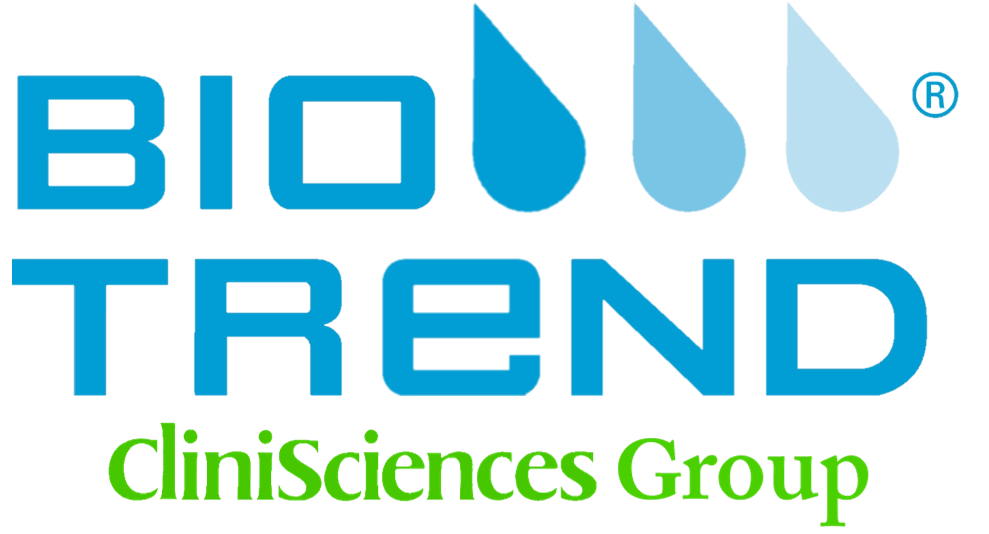Raloxifene (hydrochloride) [82640-04-8]
Cat# HY-13738A-100mg
Size : 100mg
Brand : MedChemExpress
| Description |
Raloxifene hydrochloride (Keoxifene hydrochloride) is a second generation selective and orally active estrogen receptor modulator. Raloxifene hydrochloride produces estrogen-agonistic effects on bone and lipid metabolism and estrogen-antagonistic effects on uterine endometrium and breast tissue[1]. |
IC50 & Target |
IC50: estrogen receptor[1] |
||||||||||
|---|---|---|---|---|---|---|---|---|---|---|---|---|---|
| In Vitro |
Raloxifene activates TGF beta 3 promoter as a full agonist at nanomolar concentrations, and raloxifene inhibits the estrogen response element-containing vitellogenin promoter expression as a pure estrogen antagonist in transient transfection assays[1]. Raloxifene is a potent uncompetitive inhibitor of human liver aldehyde oxidase-catalyzed oxidation of phthalazine, vanillin, and nicotine-Delta1'(5')-iminium ion, exhibits Ki values of 0.87 to 1.4 nM[2]. Raloxifene is also a noncompetitive inhibitor of an aldehyde oxidase-catalyzed reduction reaction of a hydroxamic acid-containing compound, with a Ki value of 51 nM[2]. Raloxifene (0-80 μM; 48 hours) significantly decreased in mouse mammary carcinoma BJMC3879luc2 cells viability as a concentration manner in BJMC3879luc2 cells[5]. MedChemExpress (MCE) has not independently confirmed the accuracy of these methods. They are for reference only. Cell Viability Assay[5]
|
||||||||||||
| In Vivo |
Raloxifene (3 mg/kg; once daily) has potent estrogenic activity on bone resorption and serum cholesterol, a lesser effect on bone formation, and minimal activity on uterine wet weight in ovariectomized (OVX) rats[3]. Raloxifene (oral administration; 0.1 mg/kg-10 mg/kg; 5 weeks) increases bone mineral density in the distal femur and proximal tibia. It reduces serum cholesteroloral with ED50 of 0.2 mg/kg in ovariectomized (OVX) rat[4]. Raloxifene (subcutaneously implanted mini-osmotic pumps; 18 or 27 mg/kg; once daily; 6 weeks) significantly suppresses tumor volumes in mice, in addition, the multiplicity of lymph node metastasis is also significantly decreased[5].. MedChemExpress (MCE) has not independently confirmed the accuracy of these methods. They are for reference only.
|
||||||||||||
| Clinical Trial |
|
||||||||||||
| Molecular Weight |
510.04 |
||||||||||||
| Formula |
C28H28ClNO4S |
||||||||||||
| CAS No. | |||||||||||||
| Appearance |
Solid |
||||||||||||
| Color |
Light yellow to yellow |
||||||||||||
| SMILES |
O=C(C1=C(C2=CC=C(O)C=C2)SC3=CC(O)=CC=C31)C4=CC=C(OCCN5CCCCC5)C=C4.Cl |
||||||||||||
| Structure Classification | |||||||||||||
| Initial Source | |||||||||||||
| Shipping | Room temperature in continental US; may vary elsewhere. |
||||||||||||
| Storage |
4°C, sealed storage, away from moisture *In solvent : -80°C, 6 months; -20°C, 1 month (sealed storage, away from moisture) |
||||||||||||
| Solvent & Solubility |
In Vitro:
DMSO : 33.33 mg/mL (65.35 mM; Need ultrasonic; Hygroscopic DMSO has a significant impact on the solubility of product, please use newly opened DMSO) H2O : < 0.1 mg/mL (insoluble) Preparing
Stock Solutions
View the Complete Stock Solution Preparation Table
*
Please refer to the solubility information to select the appropriate solvent. Once prepared, please aliquot and store the solution to prevent product inactivation from repeated freeze-thaw cycles. Select the appropriate dissolution method based on your experimental animal and administration route.
For the following dissolution methods, please ensure to first prepare a clear stock solution using an In Vitro approach and then sequentially add co-solvents:
|
||||||||||||
| Purity & Documentation | |||||||||||||
| References |
|



